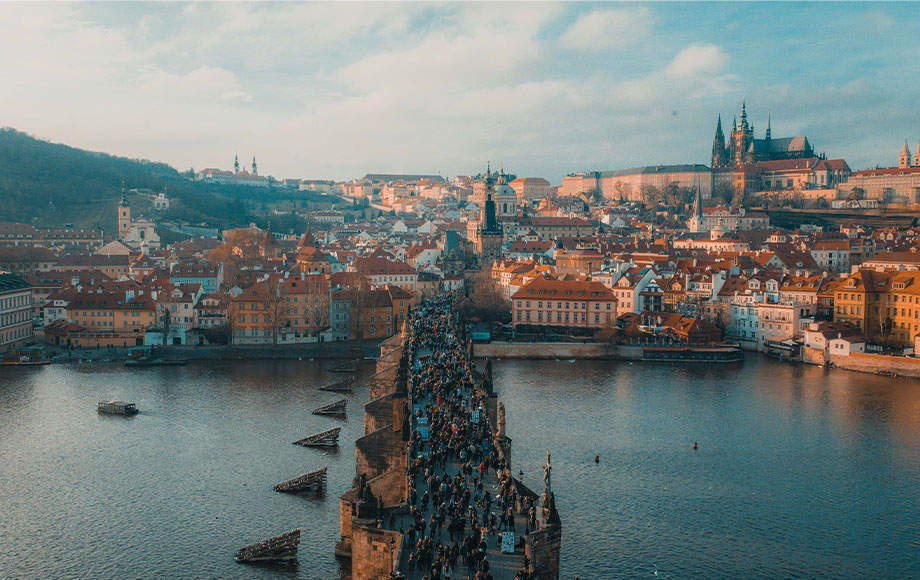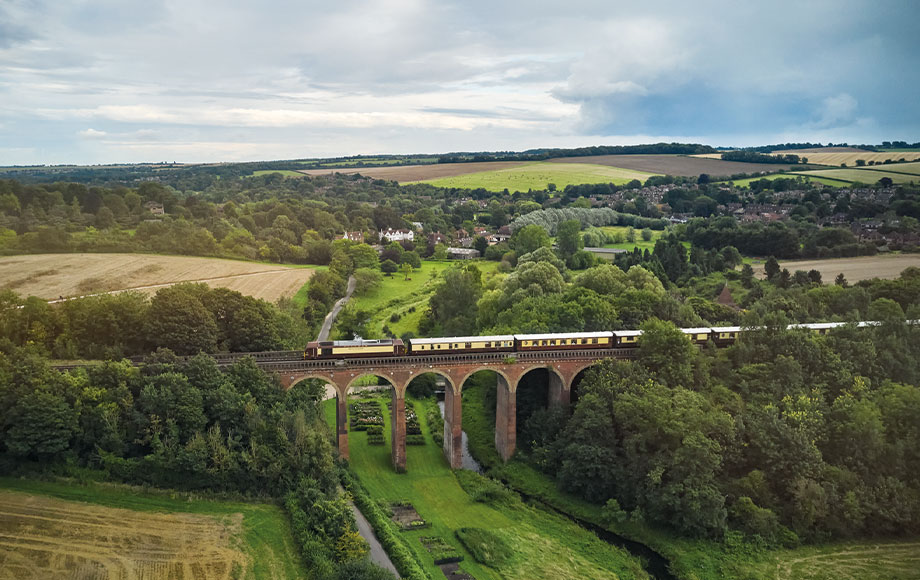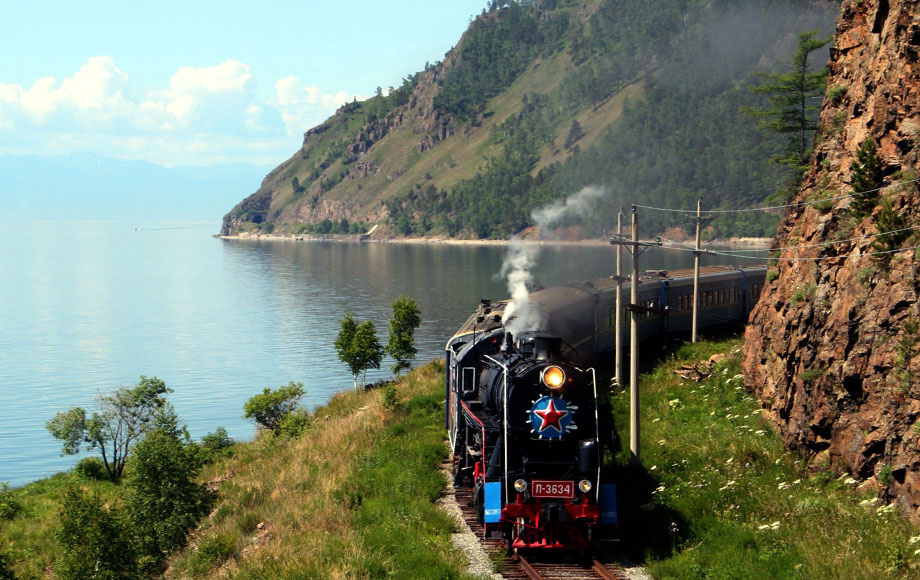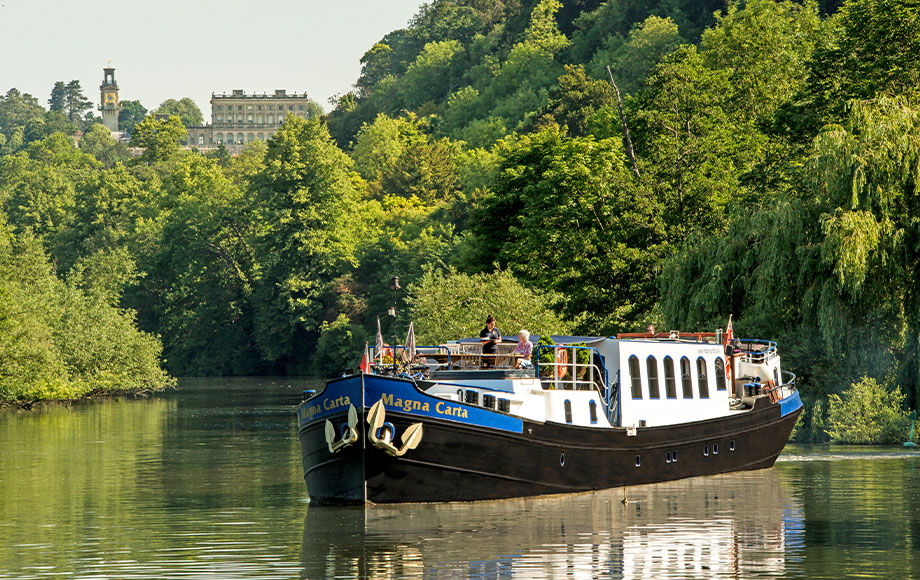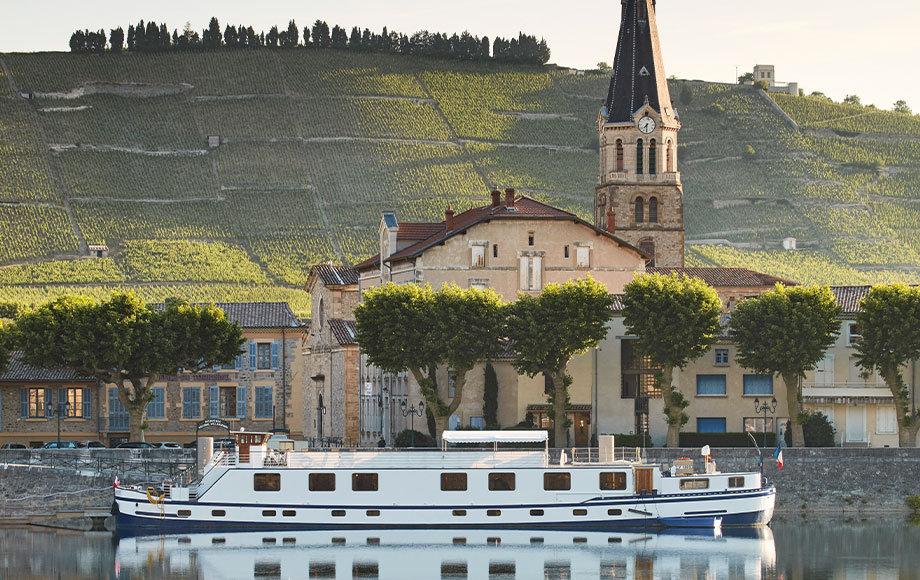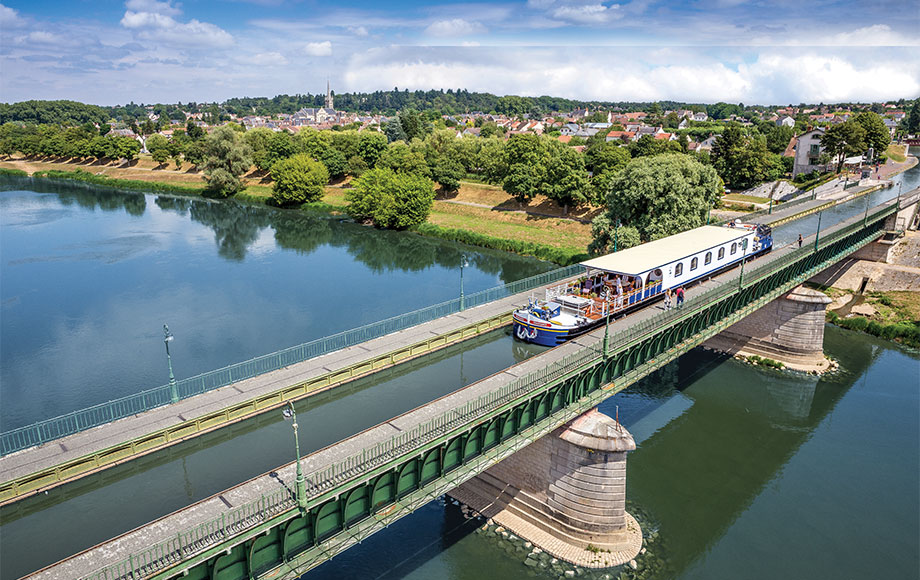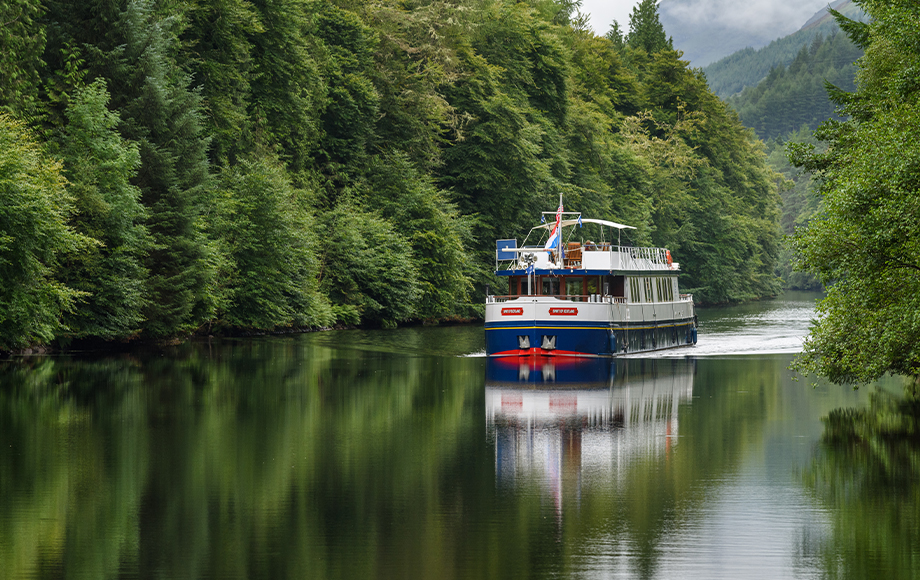Discover the wonders and beauty of Europe
Europe is the most visited continent on the planet and for good reason. From world-renowned cities to medieval castles and hill-top villages, Europe is steeped in history and multi-layered cultures. The landscapes can be breath taking, from snow-covered mountains to lush river valleys, vine-covered hills and rugged coastlines. In fact in 2019 six of the top ten most-visited countries in the world were in Europe – including the top two – France and Spain.
Europe offers amazing experiences for every traveller and every interest. There are the big- ticket items like the Eiffel Tower or Rome’s Colosseum as well as hidden by-ways to explore, exotic palaces and gardens to lose yourself in, and fjords and rivers to cruise. History is everywhere, and spans millennia from the Roman Empire and the Vikings to the French Revolution and the World Wars. There are world class restaurants and local markets to discover, as well as sensational walking, cycling and cruising. You can journey by super-fast train, romantic luxury train, or slowly by barge through picturesque regions like Provence and the Loire Valley.
When is the best time to visit Europe?
Europe is a year round destination although some seasons are more popular than others. Summer (June-August) is the most popular for the warm weather and long daylight hours, but it is also school holiday time and the busiest time of year to travel. Spring (March –May) and Autumn (September-November) also offer pleasant weather conditions, and there are fewer tourists in general. For those that wish to avoid tourists all together or enjoy Christmas markets and warm nights by a pub fire, the winter season (December to February) is best. Below we have gone into a little more information about the seasons in Europe.
This is peak season in Europe. The weather is drier, warm to hot (very hot in southern Europe), the days are long and most tourist sites are open. This is the busiest time of year so prices are higher and accommodation and touring should be booked well in advance. July/August also tend to be school holidays for many countries. It is important to know that anywhere you go in Europe at this time of year will be very busy. But, if you can get past this fact, it is a wonderful time to experience Europe, whether cruising, exploring cities, lying on the beach or walking in the countryside. Having said all this, there are definitely some hidden gems to explore away from the crowds at this time of year.
The second most popular time to travel is just outside the peak season. It does get busy at this time of year (particularly September and in major cities) but the weather can still be good, and there are significantly fewer people around. April is also the beginning of the river cruising season in Europe which usually runs until late October/early November. Remember that the weather varies considerably between northern and southern Europe. Whereas the Mediterranean can still be warm in October, Scandinavia is already quite chilly.
From late autumn to early spring Europe has far fewer tourists. If you don’t mind the cold this can be an excellent time of year to travel as there are no queues for the famous sites and you can enjoy exploring the cities and towns like a local. The downside can be that some sites will be closed for renovation. Between Christmas and New Year can be busy but this is also a great time to see the famous cities lit up with Christmas lights. Christmas markets are also popular. Of course the ski areas are very busy and the picturesque alpine towns are a special experience in themselves. Further north in Scandinavia a popular attraction is the Aurora Borealis, which is best seen when the nights are at their longest.
Europe FAQ
Subscribe below
Sign up to receive updates about exciting journeys, special offers and more.
"*" indicates required fields
